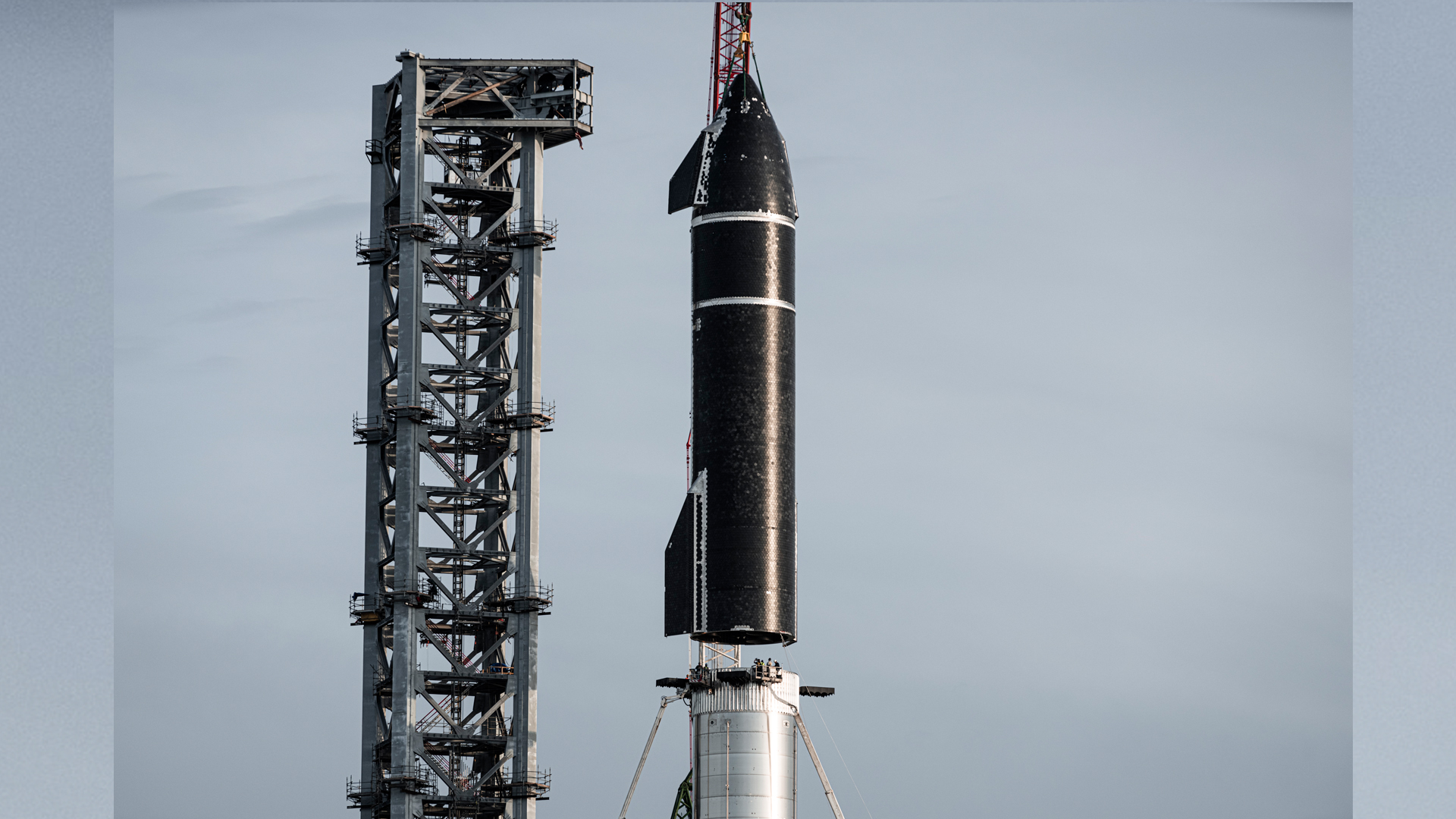Having completed the quick stacking of Ship 20 and Booster 4 the night before, it seems that SpaceX has begun testing the first completely stacked Starship rocket for the company’s history.
However, despite the fact that the test that SpaceX subjected Starship to was by no means ambitious, and despite the fact that it appears unlikely that Ship 20 and Booster 4 will ever fly, the first test of the first fully integrated prototype of a new rocket is still an enormously significant achievement – particularly given that it was the largest rocket ever built.
In terms of height, Starship is unquestionably the tallest and most massive rocket ever constructed, standing at around 119 meters (390 feet). Ship 20 and Booster 4 (B4), when fully assembled, would have weighed approximately 4000-5000 tonnes (9-11 million lb) and produced approximately 5400 tonnes (11.9 million lbf) of thrust at liftoff, making it significantly heavier and more powerful than the Saturn V and N1, the largest rockets ever successfully launched and unsuccessfully launched, respectively, in history.
SpaceX, on the other hand, appears to have put Starship through a relatively limited cryogenic proof – a test in which flammable propellant is replaced with a similarly cold (cryogenic) fluid that is similar enough to subject a rocket to similar thermal and mechanical stresses – for its first fully-integrated test. With liquid nitrogen (LN2), liquid oxygen (LO), or a mixture of LN2 and LO, Super Heavy was filled 10-20 percent of the way and Starship 25-50 percent of the way for the simultaneous premiere of Ship 20 and Booster 4. (LOx). The presence of methane (LCH4) fuel is difficult to determine, although it is rare.
Before performing its maiden test on top of Super Heavy, the Starship S20 underwent five independent cryogenic proof tests on the ground. Even more critically, Ship 20 successfully performed many static fire tests, each of which served as a wet dress rehearsal for the ship’s LCH4/LOx-fueled propulsion system. The Cryogenic Proof Tests performed on Booster 4 had likewise been passed with flying colors. Accordingly, it is doubtful that SpaceX was experiencing significant concern about whether either prototype would be able to finish yet another test.
The primary goal of this first full-stack cryoproof, aside from the obvious mechanical demonstration that Super Heavy Booster 4 is capable of supporting a partially loaded Starship, which was probably never in question, was most likely to ensure that all of the systems required to fuel Starship on top of Super Heavy were functioning as expected. Because Starship is the tallest rocket and the biggest upper stage ever manufactured, this is no minor accomplishment. A total of around 1200 tonnes (2.65 million lb) of propellant (or cryogenic nitrogen for a cryoproof) must be pumped up Starbase’s integration tower, which is approximately 85 meters (275 feet) in height and comparable to the weight of more than two whole Falcon 9 rockets.
Thousands of feet of pipe and a symphony of massive valves and pumps are required to do this, all of which must operate in unison – without leaking, jamming, or freezing – in order to fuel Starship. It was thus just as much – if not more – of a test of the orbital launch site’s launch/integration tower and tank farm as it was of a cryoproof of the first full-stack. It seems expected that SpaceX will undertake an increasingly ambitious sequence of experiments with Booster 4 and Ship 20 over the following week or two, but this is only the beginning of a long and winding road for the company.
There are many options for doing so, including simply loading the rocket with more fuel and boosting its tank pressures, or it may result in a partial wet dress rehearsal using methane and oxygen propellant in lieu of liquid nitrogen. Although sources like as NASASpaceflight are no longer sure that Booster 4 will be static fired before retirement, there is a slim probability that SpaceX may try to static fire Super Heavy B4 for the first time this year.
Even more to the point, it would be unusually dangerous behavior on the part of SpaceX to conduct the very first static fire of a new prototype while simultaneously launching a Starship that has previously proved itself in space. It is possible that a minor anomaly, such as an uncontrolled fire – which is not unusual aboard Starships – may result in the catastrophic destruction of both stages, which would, in turn, increase the likelihood of substantial damage to the orbital launch site, which could take months to restore.
But there is still a possibility. On the 17th, 18th, 21st, and 22nd of March, SpaceX will have further testing chances.

